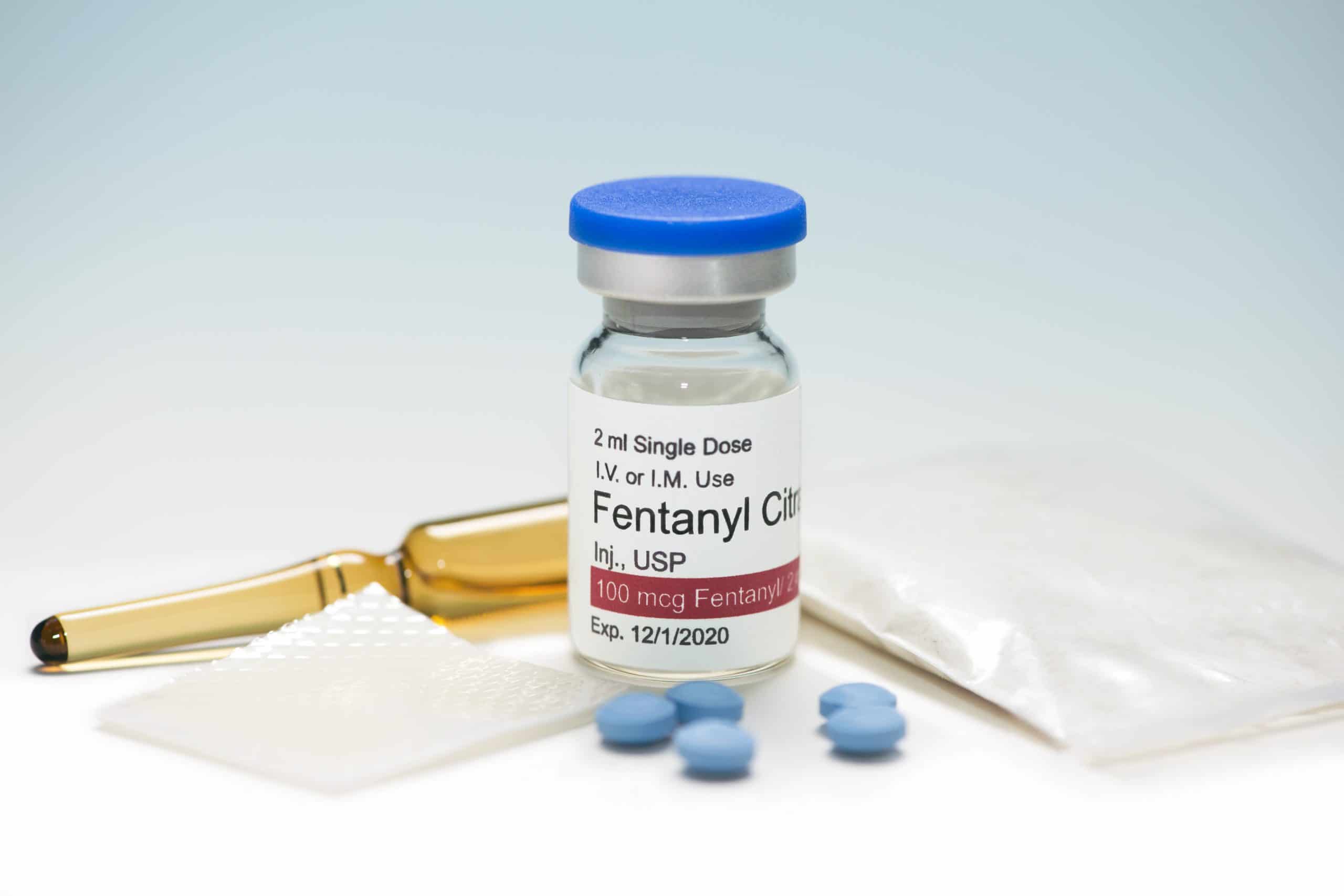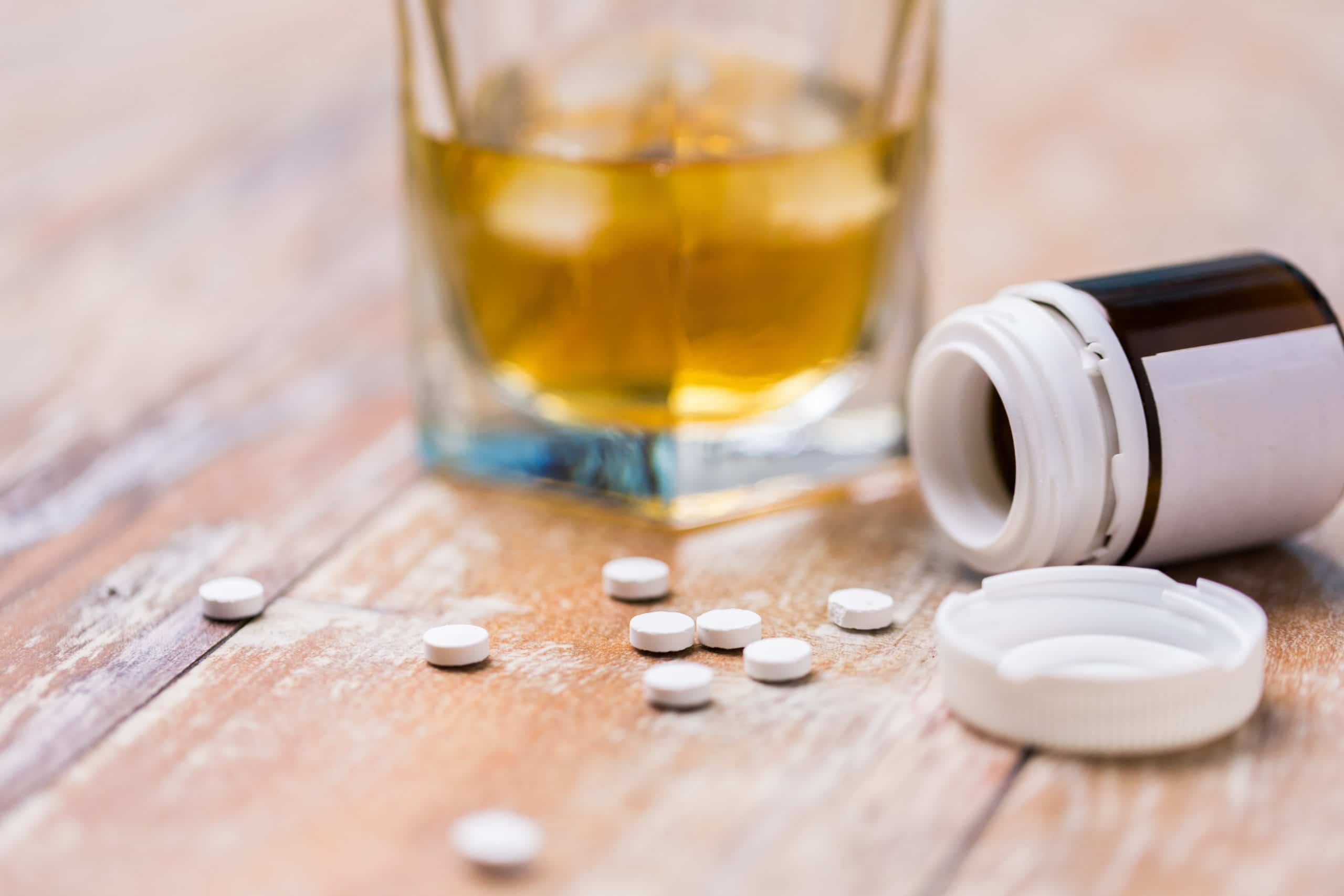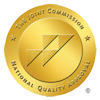Psychology is a science that studies people’s human behaviors. Human behavior is learned behavior, which is especially true with addiction. Various studies and psychological research has helped people to try and understand the motivations behind substance abuse, and the choice to engage in unhealthy behaviors, such as drinking and taking drugs.
Drug and alcohol addiction are learned behaviors, and recovery from addiction requires individuals to be motivated enough to get help and make significant changes in their behavior and lives. The power of positive psychology has been proven to help people with substance use disorders (SUD) believe they can truly change their lives for the better. But, how?
The addiction specialists at Granite Mountain Behavioral Healthcare would like to teach you about the power of positive psychology in addiction recovery.
What is Positive Psychology?
Positive psychology (PP) is defined as the field of study called the “good life” phenomenon. The name refers to just what this notion means. It focuses on people and their beliefs and behaviors, and the makeup of their characters, and how that influences them to act the way that they do.
Studies conducted at the Positive Psychology Center at The University of Pennsylvania describe the notion of positive psychology similarly to the socio-psychological phenomenon called a self-fulfilling prophecy.
This theory refers to someone’s belief, prediction, or expectation that something will come to fruition because they believe it will. As a result, a self-fulfilling prophecy indicates that people’s beliefs influence their actions, which is true, just like Professor Jim Orford’s addiction theory stated. This is the foundation for the scientific study behind positive psychology.
The theory behind positive psychology allows individuals to find a way to build a meaningful life full not just of survival, but one of purpose. It is all based on the principles of having a positive mindset and shifting one’s perspective.
For those with addiction, the use of positive psychology in treatment and recovery helps patients be able to focus on how they can not just survive, but also most importantly, become happier and more fulfilled in their lives, to have an optimal chance of a successful recovery and maintain long-term sobriety.
Rather than focusing on the pain of one’s addiction and mental illness, the science behind positive psychology has helped addiction specialists, medical professionals, and caregivers understand what it is that helps to make a person truly happy and healthy. The emphasis of PP is to focus on someone’s mental wellness and not solely just their illness.
Power of Positive Psychology for Addiction Recovery
Benefits of Staying Positive During Recovery
Having a positive outlook whether it’s for a situation or making a decision, is undoubtedly a huge predictor of an outcome. It is extremely true when they say if you have a negative attitude the outcome will not be positive. Positivity is extremely powerful.
Vice versa, if you have a more positive outlook on things, the outcome will be a positive one. Things do not always go as planned, but research has proven that our beliefs are greatly influenced by our thoughts.
In terms of addiction and treatment, positive psychology is an extremely helpful tool. Despite the good intentions, many treatment strategies aim to help a person recover, but, aside from therapy, sometimes those who are going through recovery for drug and alcohol addictions are not taught proper life or coping skills to be able to properly manage and take control over their conditions.
Therefore, while it is not intentional, some strategies weaken one’s belief in their power and abilities to take back control over their lives and stay sober. The possibility of relapse is always around the corner.
During effective addiction treatment, positive psychological approaches do play a significant role in achieving long-term addiction recovery goals. Traditionally, people who have chosen to enter a rehab facility for treatment, are diagnosed with a condition, told they will have to manage it, to expect the possibility of relapse, and that there is also a chance of death. While all of this is true, this negative prognosis can feel extremely demoralizing and can set someone back.
At Granite Mountain Behavioral Healthcare, our addiction specialists practice positive psychology. Based on our patients and their different needs, we try and suggest that their addiction is a behavioral disorder that was a consequence and result of poor choices.
We not only diagnose our patients accurately but teach them that with the right help and techniques in therapy and throughout treatment, that these bad habits and behaviors can be changed.
While we are not denying the negative side of addiction, and the statistics surrounding addiction recovery, we like to reframe a negative situation into a positive one, so people who suffer from substance abuse feel like recovery is possible.
As a result of positive psychology and encouragement, we have seen a real difference, and most importantly, that with a different perspective and mindset, that people feel more empowered and motivated to tackle their recovery head-on.
Understanding Addiction From A Psychological Perspective
The Excessive Appetites Theory of Addiction
Evidence-based research has demonstrated that much of our behavior as humans is generated from our thoughts and beliefs. This includes addictive behaviors, for example, binge drinking and taking drugs such as opioids.
According to verywellmind.com, in 1985, Jim Orford, an Emeritus Professor of Clinical & Community Psychology at Oxford in the United Kingdom, developed a theory to help people better understand addiction. This “disease” model of addiction was outlined in his ground-breaking book titled, Excessive Appetites: A Psychological View of Addictions.
In Professor Orford’s Excessive Appetites theory, he makes one of the clearest and strongest arguments surrounding behavioral addictions. He states the five core addictions are, gambling addiction, food addiction, drug addiction, and exercise addiction.
In his research, Orford describes that addiction occurs in two main stages.
Stage 1: Addiction is a major psychological process rather than a physical disease.
Stage 2: Addiction occurs as a response or reaction to a wide range of different behaviors.
In the book, addictions are described as types of excessive “appetites” rather than a dependency on drugs and alcohol for example.
The theory depicts in-depth the idea that addictions are appetites, which are extremely common, excessive, and troubling when strong attachments to the core addictions are developed. He states that addiction to drugs and alcohol are more recognized as examples of addiction.
Orford’s model describes his main point, that addiction develops as a gradual process, and because of compulsive behaviors, the main stage being appetitive behavior.
The whole point of his theory, in conclusion, is that there are negative consequences that occur as a result of our behaviors. As a result, it can cause serious harm to people and those around them.
This is very indicative of addiction. An individual may or may not like a certain activity that they partake in, it is a choice, and not the act of liking or disliking that is the problem.
The real reason behind why people psychologically become addicted, Orford states is because addiction is a result of the indulgence to do something, in other words, an appetitive behavior.
Something we tend to want to do over and over again despite what can happen as a result. It is not because addiction is a disease, it is the degree to which one’s compulsive behavior ends up hurting someone. Despite the person wanting to stop, the behavior persists, which is what the real problem is more than anything.
To sum it up, Orford stated in the book, “The uptake of new behavior does not occur in a psychological vacuum, but as part of a constellation of changing beliefs, preferences, and habits.”
So, in other words, this theory perfectly explains addiction as not just being a complex psychological process, but one in which involves a large number of contributing factors.
Contributing Factors Behind Addiction
Based on Professor Orford’s proven addiction theory, addiction is defined as chronic compulsive behaviors that occur despite the negative consequences that could occur as a result.
Did you know, that people who abuse substances, such as opioids or cocaine, are four to ten times more likely than those who are not dependant or addicted, to develop other addictive behaviors, particularly to gambling? From discovering this, we can discern that addictions go hand-in-hand, substitute for one another, and reinforce one another.
Addiction impacts the lives of people in various ways. Everyone is unique, and so is their battle. Due to this negative consequence to behaviors that they chose to partake in, addiction does not only cause health complications but socioeconomic ones as well.
Addiction doesn’t discriminate. It costs people their freedom, finances, relationships, problems at school and work, etc.
However, the most important repercussion from addiction is definitely the human cost. Not only does this choice cause mental, physical, and emotional stress, what it does to the support system (friends and family) of a person suffering is unparalleled.
Professor Orford states, that this cycle of addiction commonly begins in a person’s teenage years, as it is when an individual at this age starts to become more exposed to certain activities which tend to have addictive tendencies.
Teenagers usually like to rebel or become experimental. They begin to gain more responsibility and a chance at choosing what they spend their time doing, and how much they spend doing it.
As teenagers grow into adults, they tend to mature out of addictive behaviors, but some do not. The reason why someone engages in a certain behavior or not is dependant on a few factors including:
- Personality
- Environment
- People
- Culture
Engaging in various addictive behaviors, often allows people to cope and feel better about whatever it is that they are going through. This is especially true in the early stages of the addiction cycle.
In other words, acting a certain way in situations all depends on various factors, including personality, environment, culture, socioeconomic status, etc. People tend to drink and take drugs to reduce tension, reduce inhibitions and self-awareness, and escape from bad situations and negative emotions. Addictive behavior is also a result of the following contributing risk factors:
Mood
When people engage in addictive behaviors they discover that it enhances their mood. Due to levels of neurotransmitters called dopamine and serotonin being released in the brain, individuals can start to see their mood changing.
Often, when someone has an addictive personality and engages in certain behaviors, such as taking drugs and alcohol. The mood aspects of addictive behavior can also help with self-esteem or social image, and it can help people to cope with past trauma, such as physical or sexual abuse.
Unfortunately, it does not necessarily make them feel better, it just masks it. This is because these addictive behaviors are mood enhancers. When someone takes a substance or engages in these risky behaviors, the feelings of sadness or depression become suppressed, while the body releases endorphins, producing emotions of happiness, pleasure, and euphoria.
Social Factors
The act of drinking alcohol especially is a very social activity. Also, alcohol is very accessible and enjoyed around the world by various cultures. The process of engaging in addictive behaviors is known to be a direct result of social and cultural situations. Research has shown that drinking or doing drugs is highly dependent on conforming to social norms and family history.
The more that people are around family and friends who like to engage in risky and addictive behaviors such as drinking and doing drugs, strongly predicts whether they will go on to develop not just a dependency on the substance of choice, but an actual addiction. The people who usually become addicted, don’t, unfortunately, see becoming addicted as a personal choice.
Learned Associations
They say from a young age that people, especially babies learn by association. People are natural observers and like to mimic or attempt to mirror other people’s similar behaviors. This is no different for those suffering from addiction and substance abuse.
Once people have started to engage in certain behaviors, in this case, addictive ones, something called associations begins to develop. This means, that when a person feels a certain way, how they act is very much a reflection of that.
The behavior and state of mind are closely linked. Therefore, these associations between mood and behavior develop within the brain, along the neurological pathways, and become involuntary.
Certain things can trigger a person’s memory, and remind them of a certain behavior, which can influence someone to seek out these behaviors. As a result, over time our brain has taught us to associate a feeling with addictive behavior.
For example, because a person realized that they felt less anxious after drinking, the brain and body crave that behavior and tell us that it makes them feel better when in reality, it isn’t, and symptoms are just being suppressed.
Individuals with addictive personalities or tendencies, attribute positive feelings with behavior and construct a whole belief system and explanation of why their behavior makes them feel better. They come to believe that drinking or taking drugs is the key to making them feel better regardless of the negative consequences that often follow, including health complications, coma, overdose, and death.
Attachment and Commitment
People who become more attached to their addictive behaviors are more inclined to engage in them and carry them out. This level of attachment gets higher and higher as time goes on.
Committing and attaching yourself to these risky behaviors repetitively can lead to new ways of breaking down the walls and barriers surrounding these behaviors, automatically increasing one’s chances of increasing the effects of the drugs or alcohol, and becoming not just dependent anymore but addicted.
Developmental Maturity
Psychologically, the capacity of aligning our actions or behaviors with our beliefs and values depends on someone’s maturity level. Maturity is what ultimately distinguishes one person from another.
People with addiction or addictive tendencies tend to routinely act without thinking. And, with no regard to the consequences, these types of people are very focused and intent on pushing the limits.
Ways to Practice Positive Psychology During and After Addiction Recovery
So, we have talked about how we use the power of positive psychology to help our patients with substance use disorders recover. Have you wondered how you or a loved one can practice positive psychology on your road to recovery? These are some ways in which we have seen a difference:
- Meditation
- Connect with others
- Keep a gratitude list
- Engage in activities that you enjoy
- Talk to someone- know there is always help out there
There have been great strides made in quantifying which behaviors and attitudes foster feelings like, serenity, love, joy fulfillment, and peace. Helping yourself practice this idea of positive thinking will then emanate to others going through addiction feel like they are not alone on their journey to recovery.
Within itself, the idea of positive psychology is another component or resource of support that everyone, not just people with addiction should utilize more.
Granite Mountain Can Help You Recover!
A life of health and long-term sobriety is attainable with our help. We work with our clients to help them re-envision their lives, putting them on a path of self-discovery, so, they can ultimately regain control over their lives and rekindle the relationships that are most important to them, to achieve optimal recovery.
The study of positive psychology and its relation to addiction treatment has been proven to be revolutionary. Granite Mountain Behavioral Healthcare believes in the power of positive thinking and has seen it keep our patients on track and motivated to reach sobriety and empower others to do the same.
If you or a loved one is struggling with addiction and substance abuse, the addiction specialists at Granite Mountain can help. Contact us today to take back control of your life!
References
https://www.verywellmind.com/psychological-process-of-addiction-22261
https://www.verywellmind.com/excessive-appetites-22259











